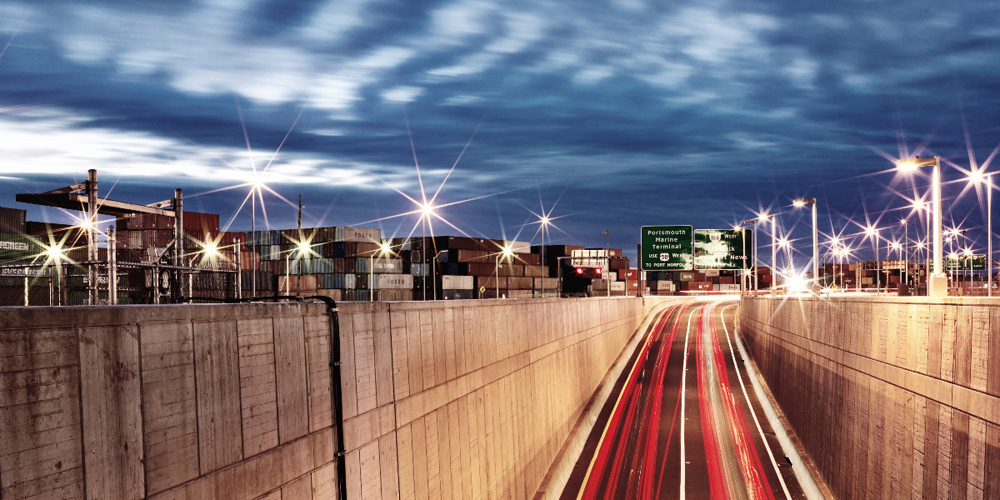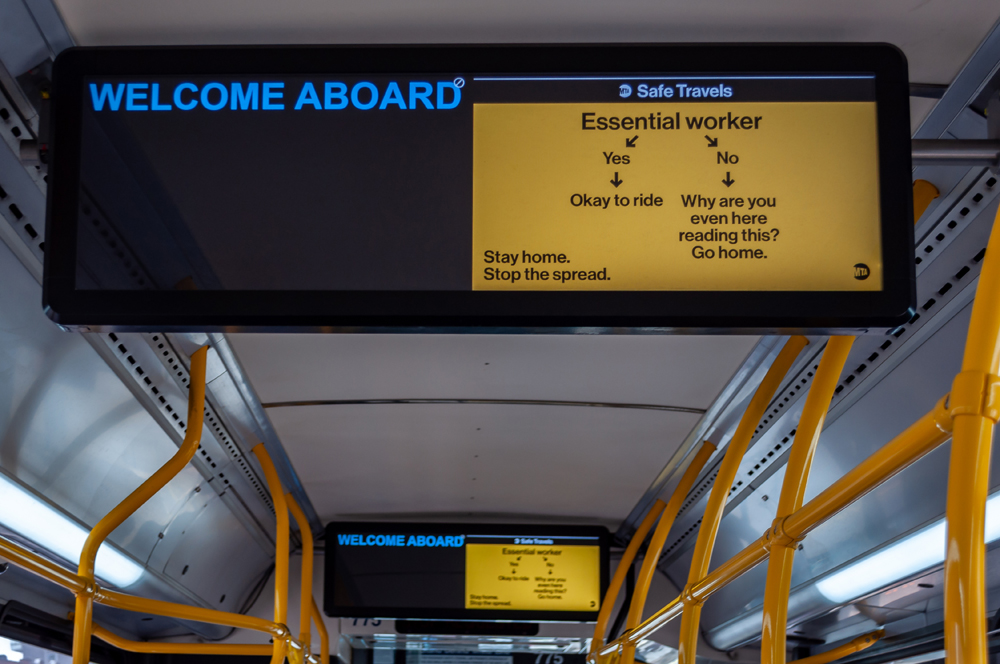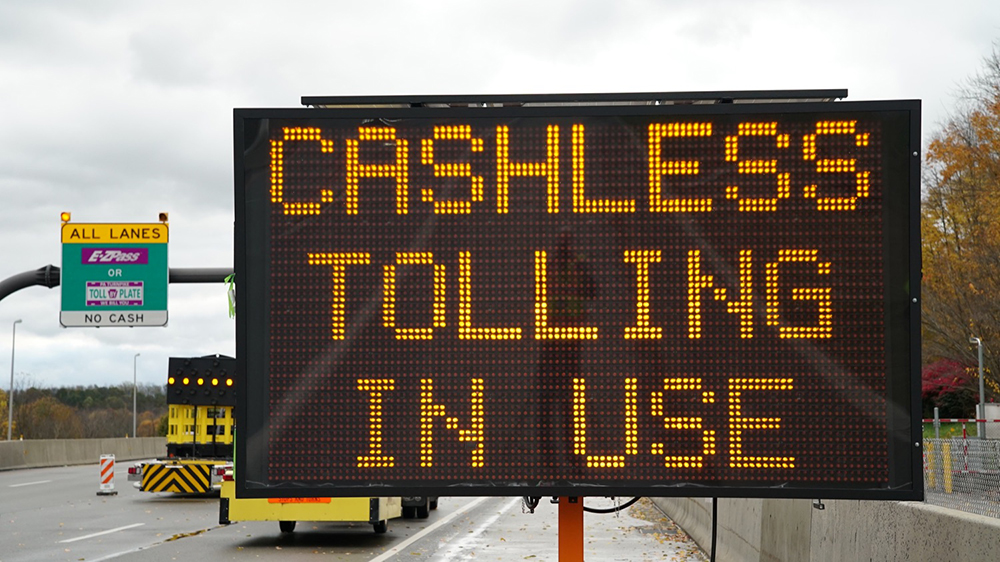
What were the major impacts of Covid-19 on transportation?
At the peak of the shutdowns, passenger use of airports and mass transit was down 90 per cent. Use of roads by private vehicles was 60 per cent lower and use of commercial vehicles was down 10 per cent. Public transit was down 76 per cent and had to keep operating to get essential workers to their places of employment.

In transportation, volume equals revenue. Less fuel consumed means less gas tax collected. Fewer trips mean lost revenue for tollways. Airports depend on revenue from parking, retail sales, and airline landing fees. Just because there are fewer airplanes flying to an airport doesn’t mean airport costs go down. Similarly, roads and bridges still need to be maintained. All the capital costs associated with operating these agencies continue. You can’t close an operations centre and tell employees to come back when the pandemic is over. Our transportation networks must be up 100 per cent of the time. At the same time, transportation agencies and authorities must keep employees safe and healthy. Organisations are turning to the cloud to meet these needs.
What are some of the challenges transportation agencies face around remote work?
Employees who require high-performance computing systems often can’t easily operate in a remote environment. Computer-intensive systems for heavy engineering, computer-aided design, and computer-aided engineering applications typically do not function well in a traditional virtualised or VPN environment.
Going forward, we will need to make sure we have technology and networks in place to enable the people who manage critical activities using high-performance computing systems to work from more than one location.
Elizabeth River Crossings (ERC), an organisation that maintains and operates four tunnels and 51 miles of highway in Virginia, was able to do this with the cloud. ERC migrated its customer relationship management (CRM) and tolling back-office systems to AWS to manage the approximately 250,000 monthly toll invoices and the 1,000 calls it receives each day. These services made it simple for call centre employees to transition to a remote working environment and access the appropriate VPN tools and security in any location.
How will transportation agencies need to adapt to protect the health of transit operators and passengers going forward?
They will need to reduce risk and do everything they can to reassure workers and the public that airports, bus terminals, rail hubs, subway stations, seaports, ferries, and more are safe. To do that, many transportation agencies are already exploring how to use touchless, voice-enabled screening and artificial intelligence-driven thermal triage systems to screen passengers and employees before they enter critical facilities.
 Parsons Corporation, an AWS Advanced Consulting Partner, is an example of this, with its new DetectWise health screening solution. These types of systems can go a long way toward restoring confidence in the safety of the transportation system.
Parsons Corporation, an AWS Advanced Consulting Partner, is an example of this, with its new DetectWise health screening solution. These types of systems can go a long way toward restoring confidence in the safety of the transportation system.
How can the cloud help the transportation system become more resilient?
The cloud enables mission-critical applications to be accessed from any location. It makes it simpler for agencies to support new public health and safety technologies and capabilities. It removes the heavy lifting that on-premises infrastructures require and allows agencies to control costs. The AWS Cloud also makes disaster recovery and business continuity more accessible and enables fast recovery of data.
Transit agencies, municipal departments of transportation, airports, and seaports will generally just have one single point of failure. States like Florida, New York, and California have enabled multiple regional traffic management centres to provide for failover in a disaster recovery scenario. Finally, the cloud enables cross-jurisdictional data sharing so government organisations can better deploy limited resources. Overall, it’s about building resiliency into our systems, and the cloud does that extremely well. Going forward, transportation agencies of all types need that kind of resiliency so they can keep operating, regardless of the type of disaster they may face.























